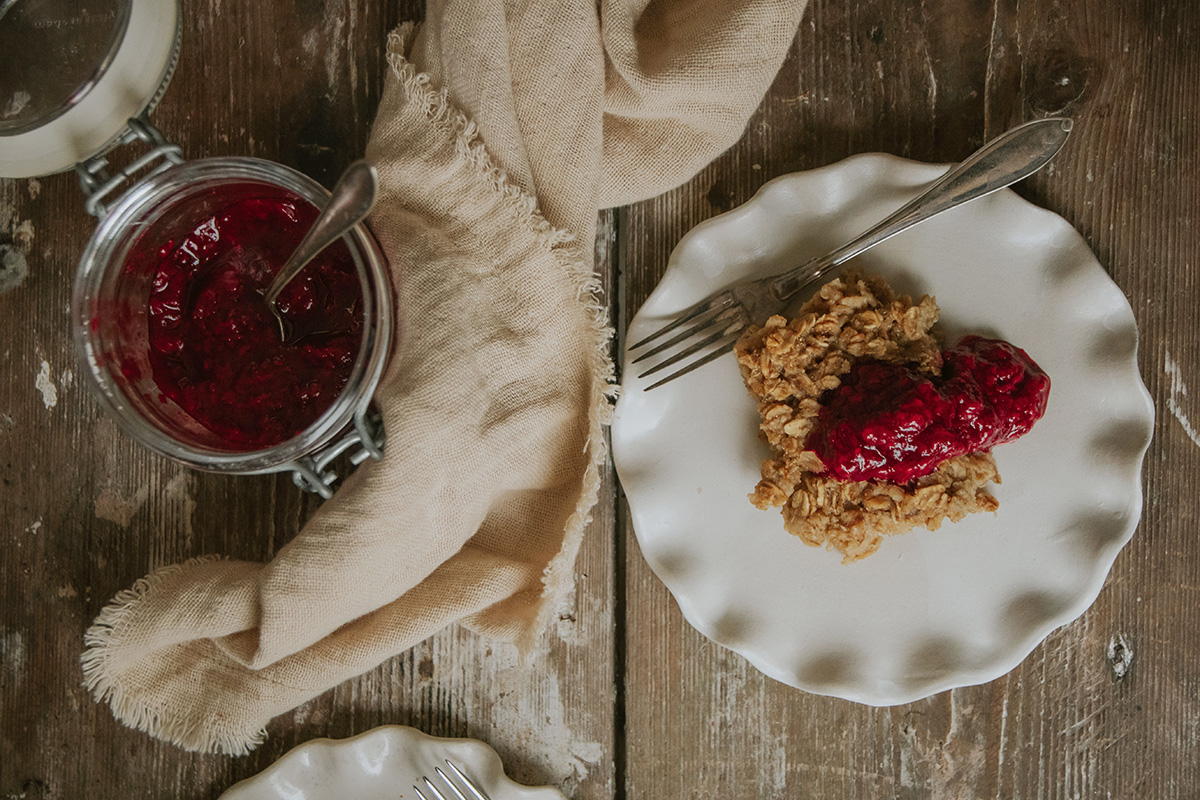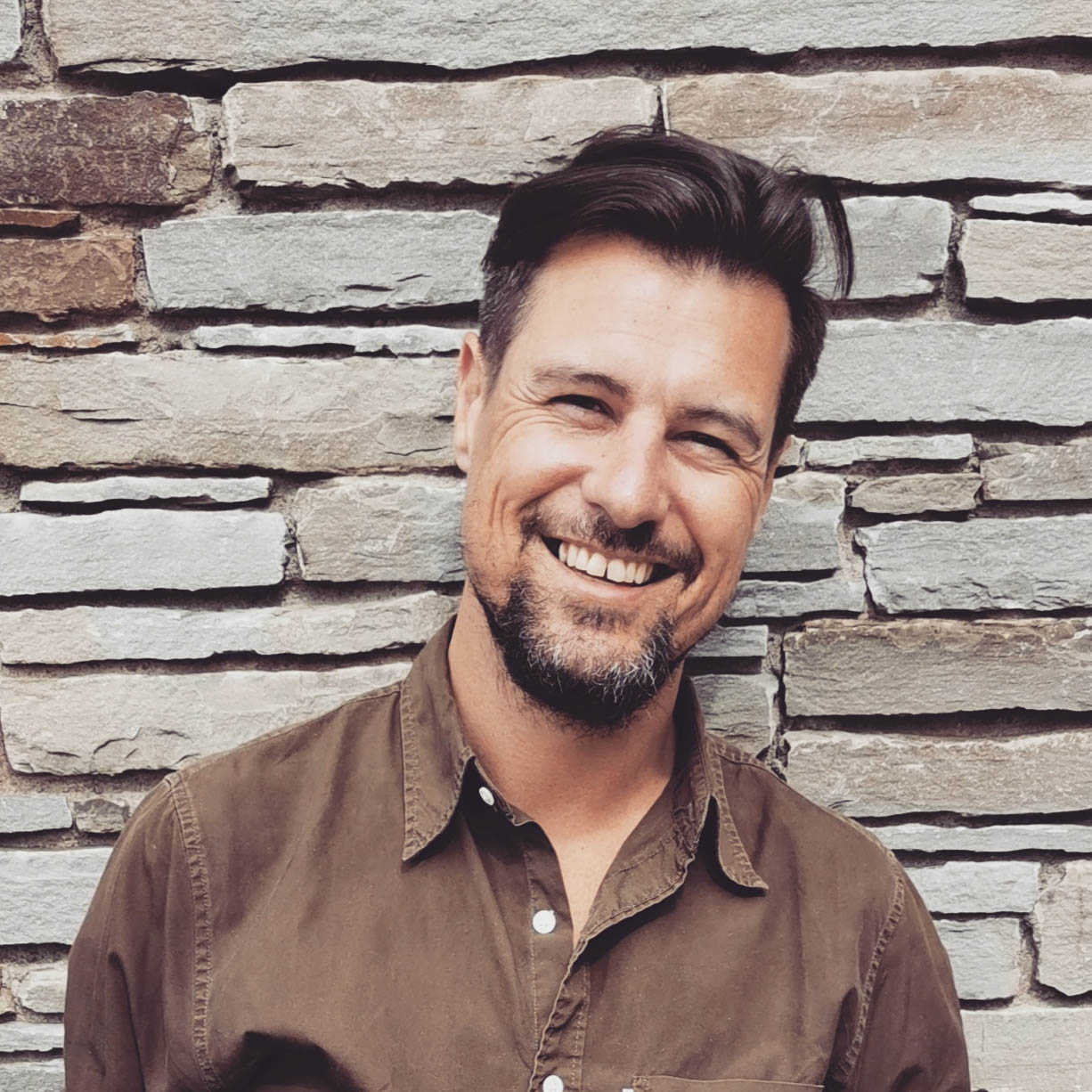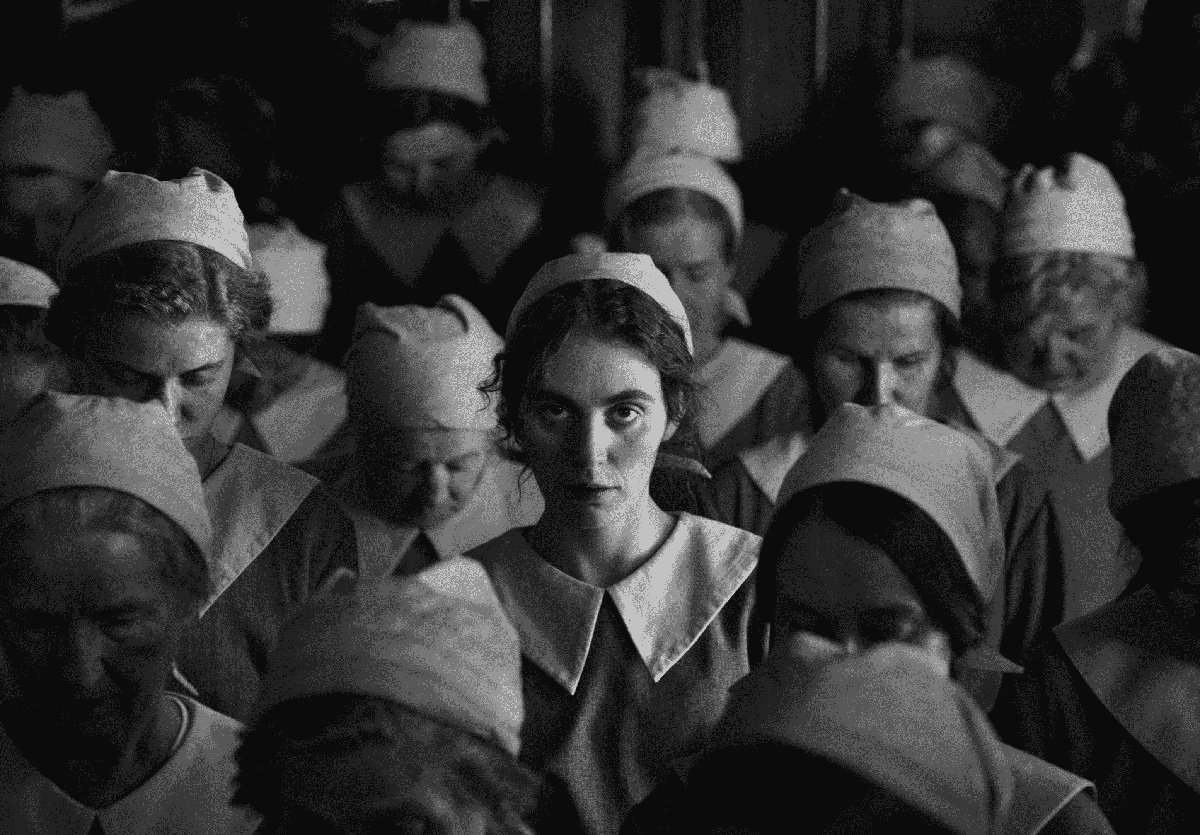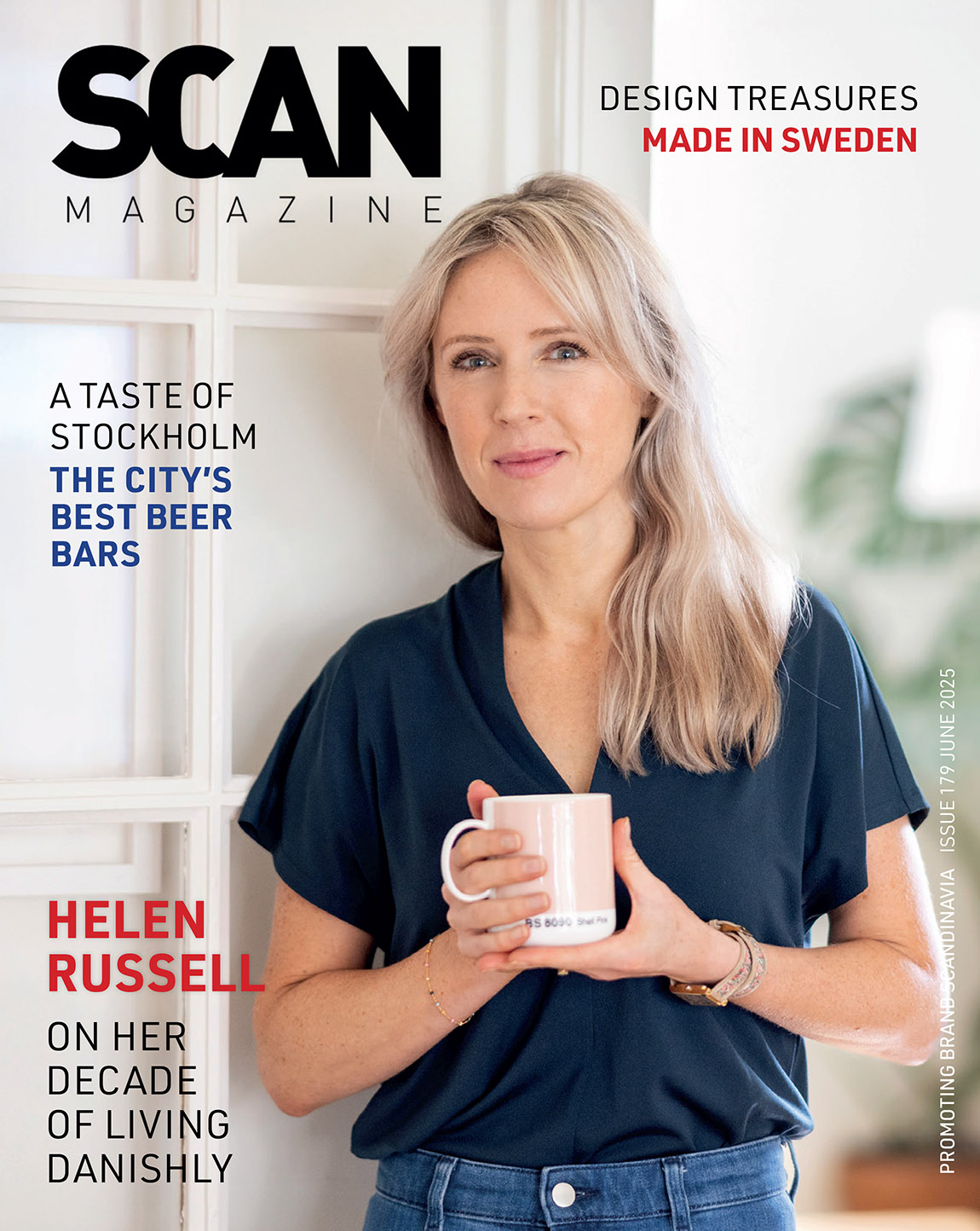What is Swedish death cleaning and why is it all the rage
By Signe Hansen | Photos: Pexels
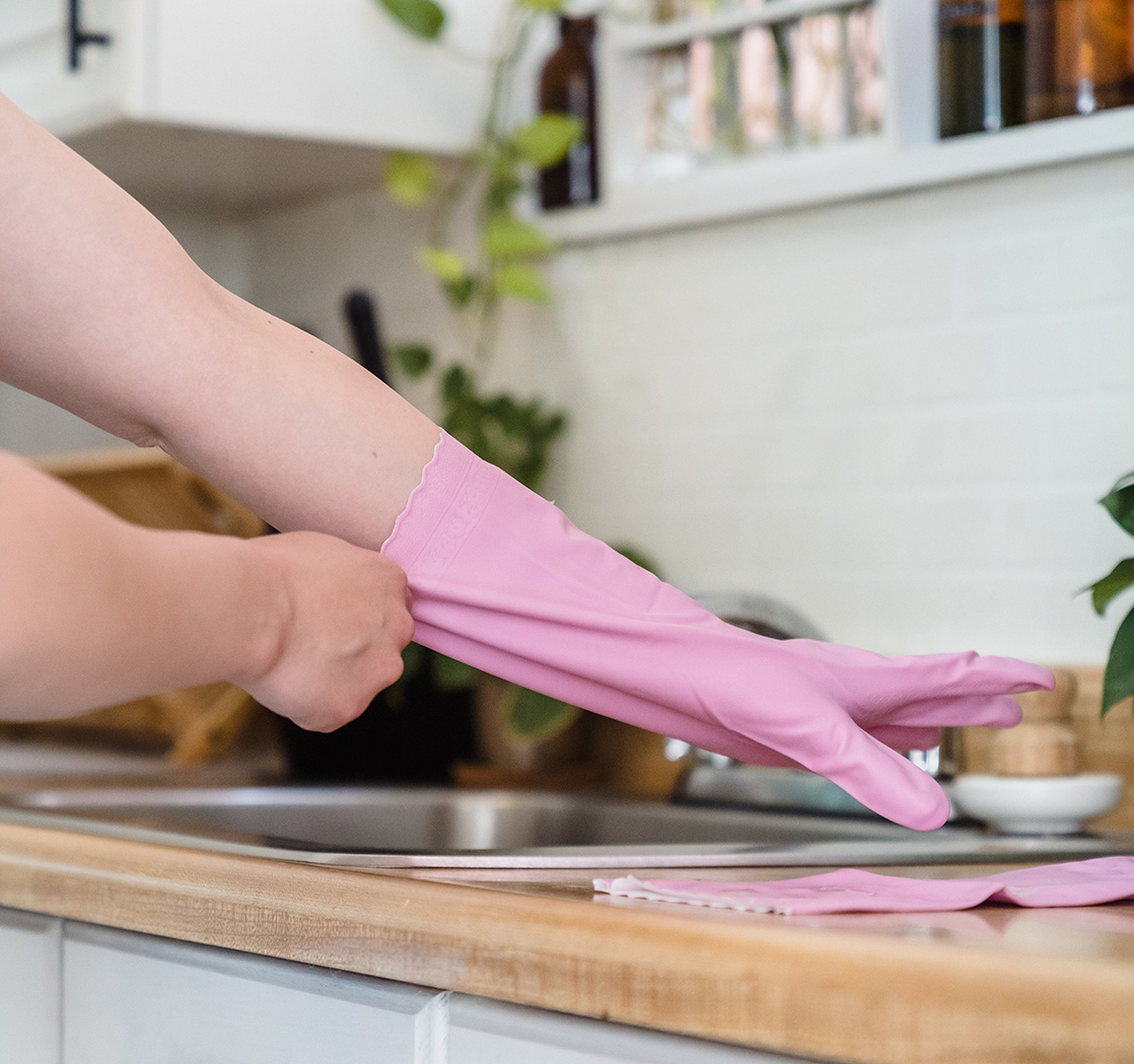
Spurred on by a new American reality show and a host of other factors, the Swedish concept of death cleaning is hotter than ever. But what exactly does death cleaning entail, and why is it suddenly all the rage? Read on to find the answers.
Swedish death cleaning might sound a bit morbid, but rest assured it has nothing to do with corpses or crime scenes. Actually, it has more in common with the Scandinavian concepts of minimalism and hygge than gore and horror, but that does not mean that death is not part of it, no. The awareness of our own impending and inevitable death is the main motivation behind death cleaning. But while that is an indisputable fact, death cleaning is also widely recognised to greatly improve various aspects of life.
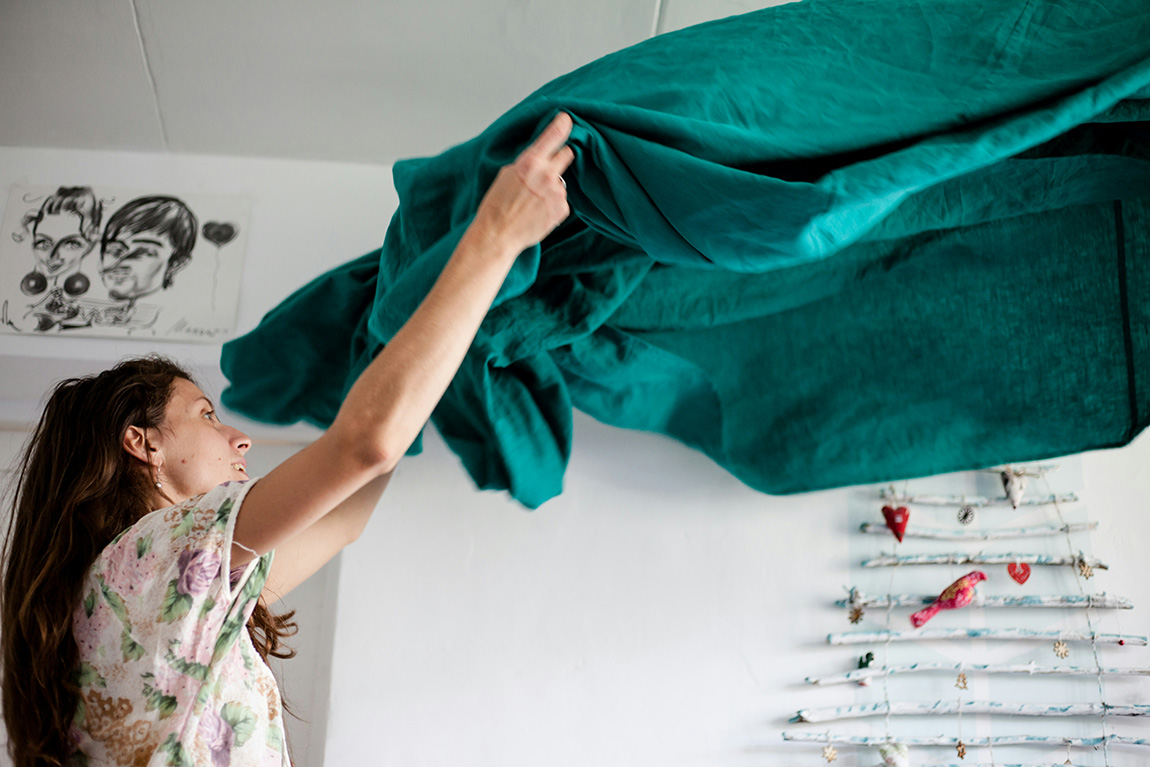
While readers might have come across the concept of death cleaning in Peacock’s popular new reality show The Gentle Art of Swedish Death Cleaning, what initially brought the term into wider recognition outside of Sweden was the publication of the book that inspired the show.
Published in 2017, Margareta Magnusson‘s The Gentle Art of Swedish Death Cleaning – How to Free Yourself and Your Family from a Lifetime of Clutter provides a practical guide to decluttering and organising life in preparation for the end of life. The insights and advice offered are based on the Swedish concept of “döstädning, the central premise of which is that by decluttering and organising our possessions, we can make things easier for ourselves and our loved ones as we age and eventually pass away.
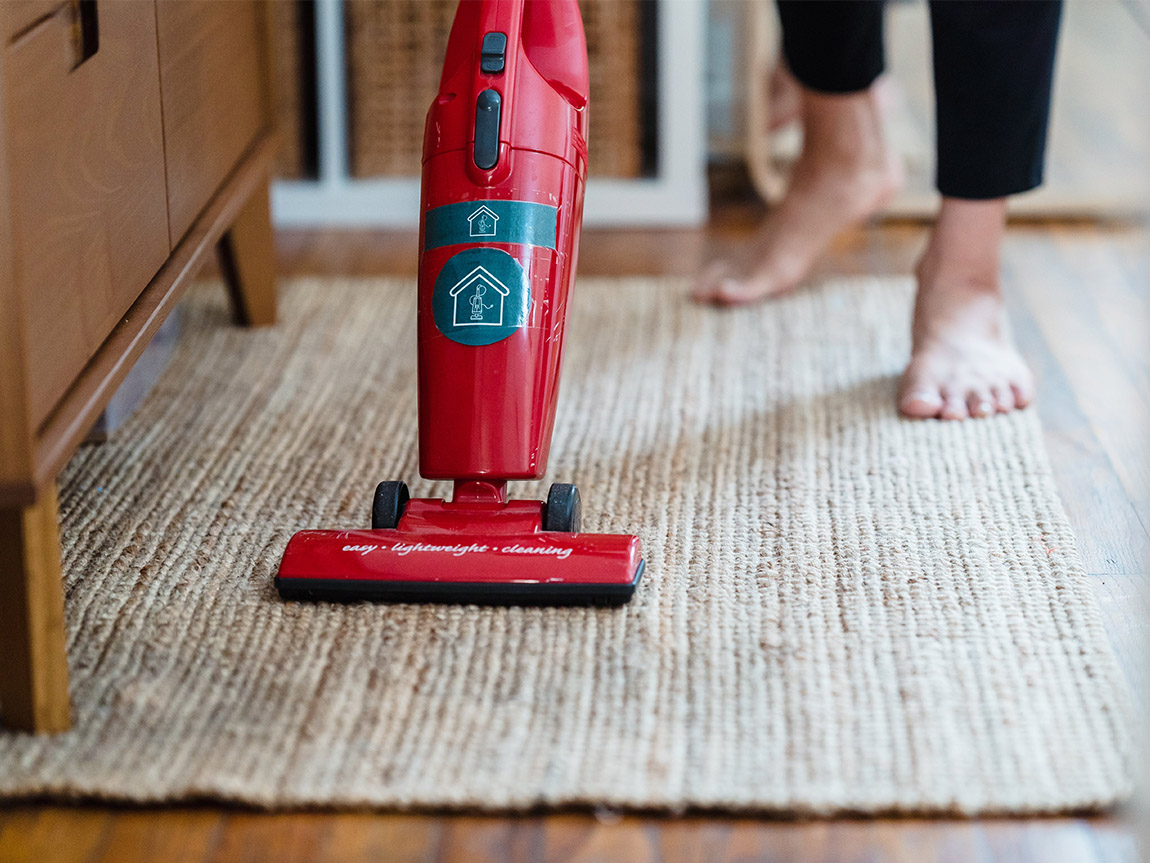
So, how do we do it?
1: Start early
Magnusson emphasises the importance of beginning the death-cleaning process early, rather than waiting until late in life. By starting sooner, individuals can gradually declutter and organise their possessions over time, making the process more manageable and less overwhelming. Moreover, adopting this minimalist approach early on can provide a clearer understanding of what truly matters to you and create a greater feeling of fulfilment in your relationship with things. Instead of feeling like you are surrounded by heaps of random objects, you should end up with the reassuring knowledge that everything in your home either has a special meaning to you or serves a practical function. In other words – no clutter. According to Magnusson, if your drawers and cupboards are spilling over with objects, you might benefit from a death cleaning even if you are still just in your 30s.
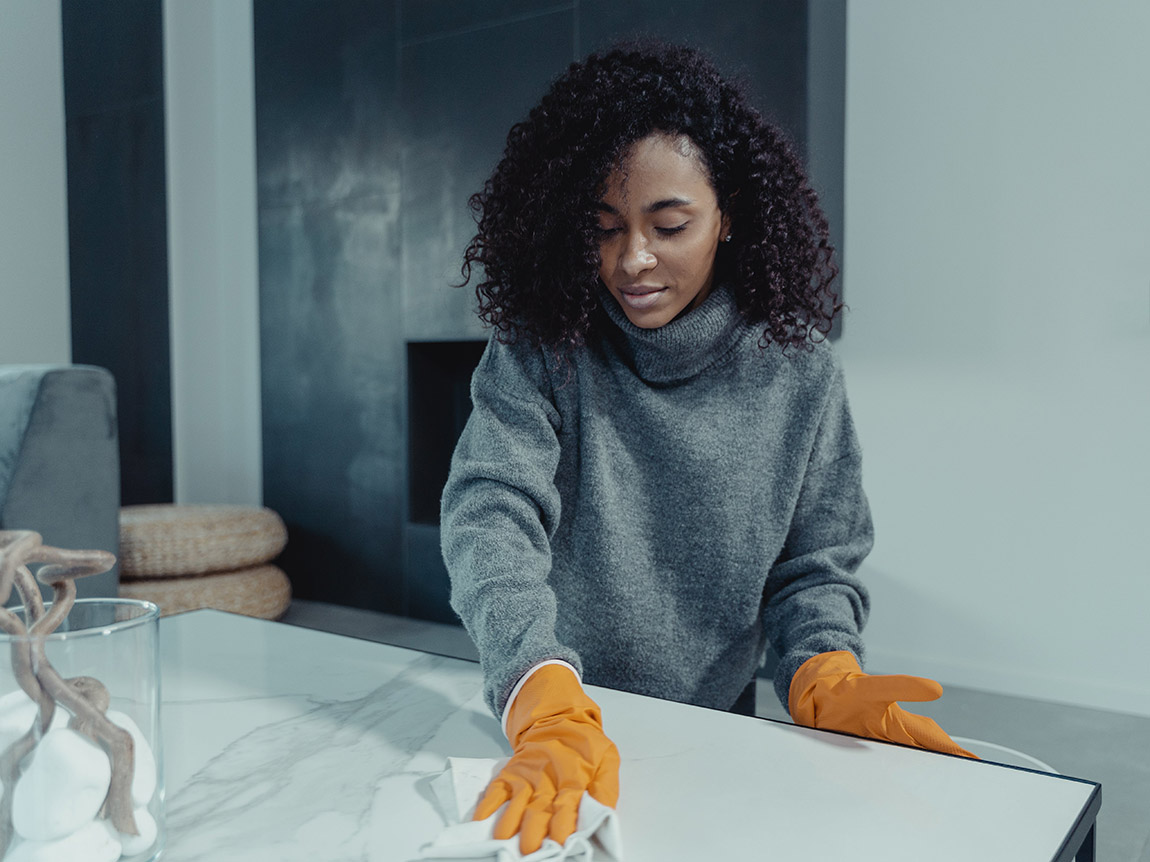
2: Start small
One of the key principles of Swedish death cleaning is to focus on what truly matters to you and let go of the rest. Magnusson advises readers to assess all of their belongings and keep only those items that hold sentimental value or serve a practical purpose. While that might sound like an insurmountable task to many, the author suggests starting with small tasks, such as sorting through paperwork or clearing out a single drawer, before tackling larger projects like closets and storage spaces.
3: Start big
Yes, while it might sound contradictory to the above when it comes to furniture and larger items, Magnusson suggests that you start with the largest items and work your way down to make faster progress. Indeed, deciding whether or not to keep the sofa is likely to turn out to be a much easier decision than whether or not to keep the blue £30 IKEA lamp that’s been sitting in your office unused for the last decade.
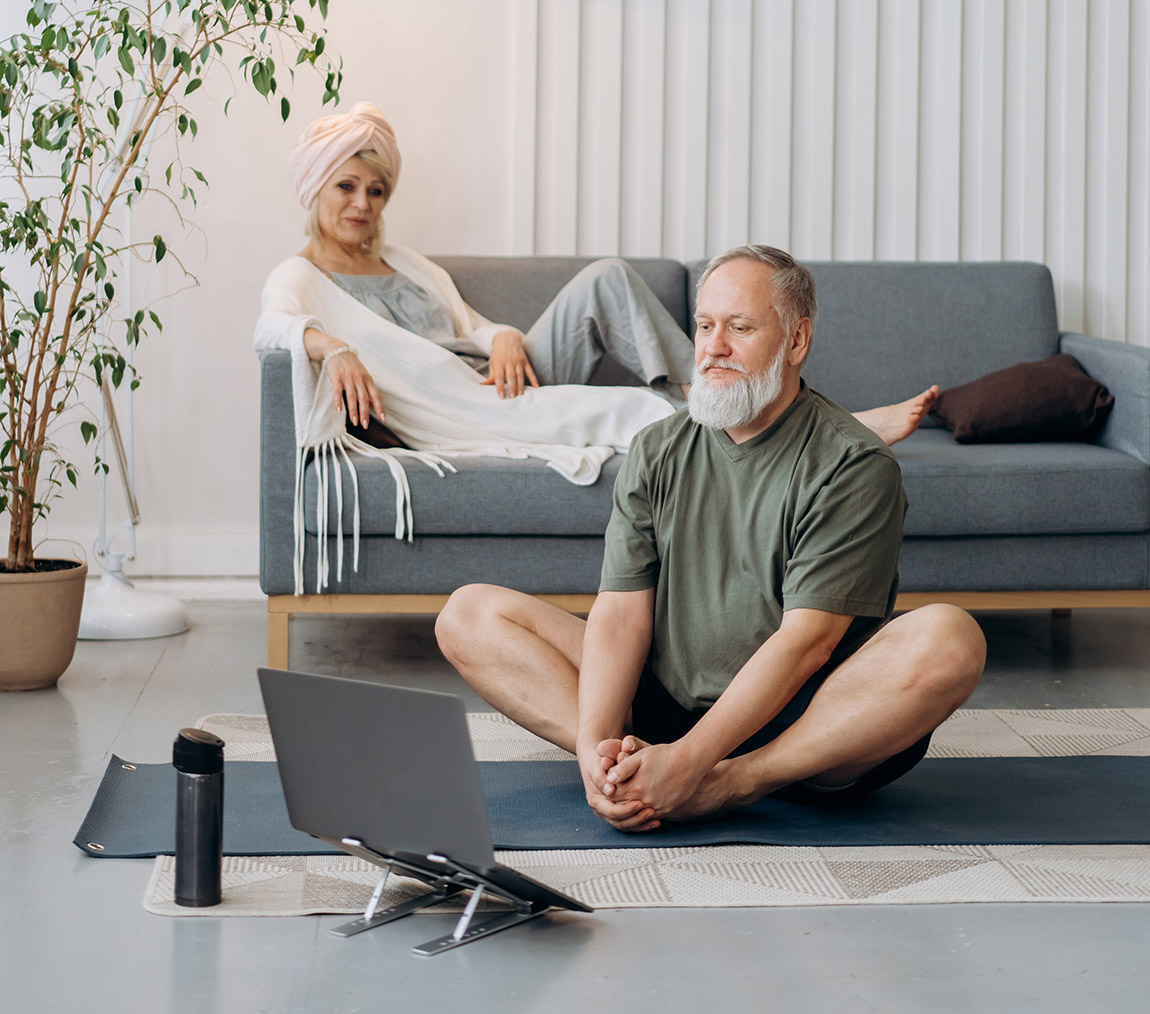
4: Create systems and sort with intention
When it comes to material objects, Magnusson stresses the importance of approaching the task systematically. For instance, she recommends that you organise belongings by category (e.g., clothing, books, mementoes) to simplify the process. Moreover, to make the process of deciding what to keep and what to toss easier, she recommends making dedicated piles of things to keep for their practical purposes, things to keep for their sentimental value, things that might be gifted to family members, things that might be donated, and things that should simply be tossed away. That will also ensure that you are cleaning and sorting in the most responsible and sustainable way possible.
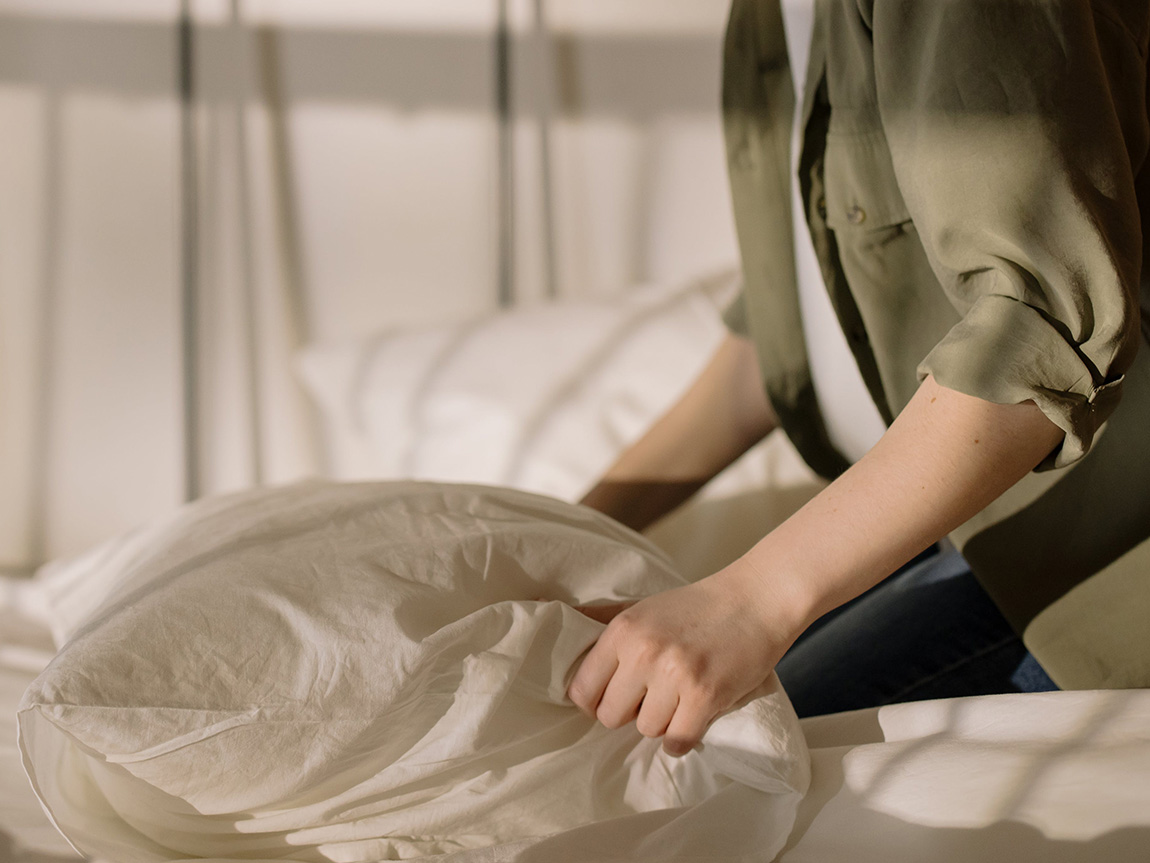
5: Don’t stop with the material objects
Death cleaning is not just about decluttering physical belongings but about creating peace of mind and easing the burden on your loved ones. After all, they will inevitably face the task of wrapping up your life neatly once you are gone. In addition to decluttering, Magnusson advises readers to make practical preparations for the future, such as creating a will, organising important documents, addressing digital clutter, and ensuring that your loved ones have all the login credentials needed to access what they need (and perhaps ensuring they don’t stumble across the ones you’d rather keep private) after your death. Moreover, making arrangements for your funeral and burial, and clearly communicating your wishes regarding belongings as well as end-of-life care to your family, is a central part of death cleaning.
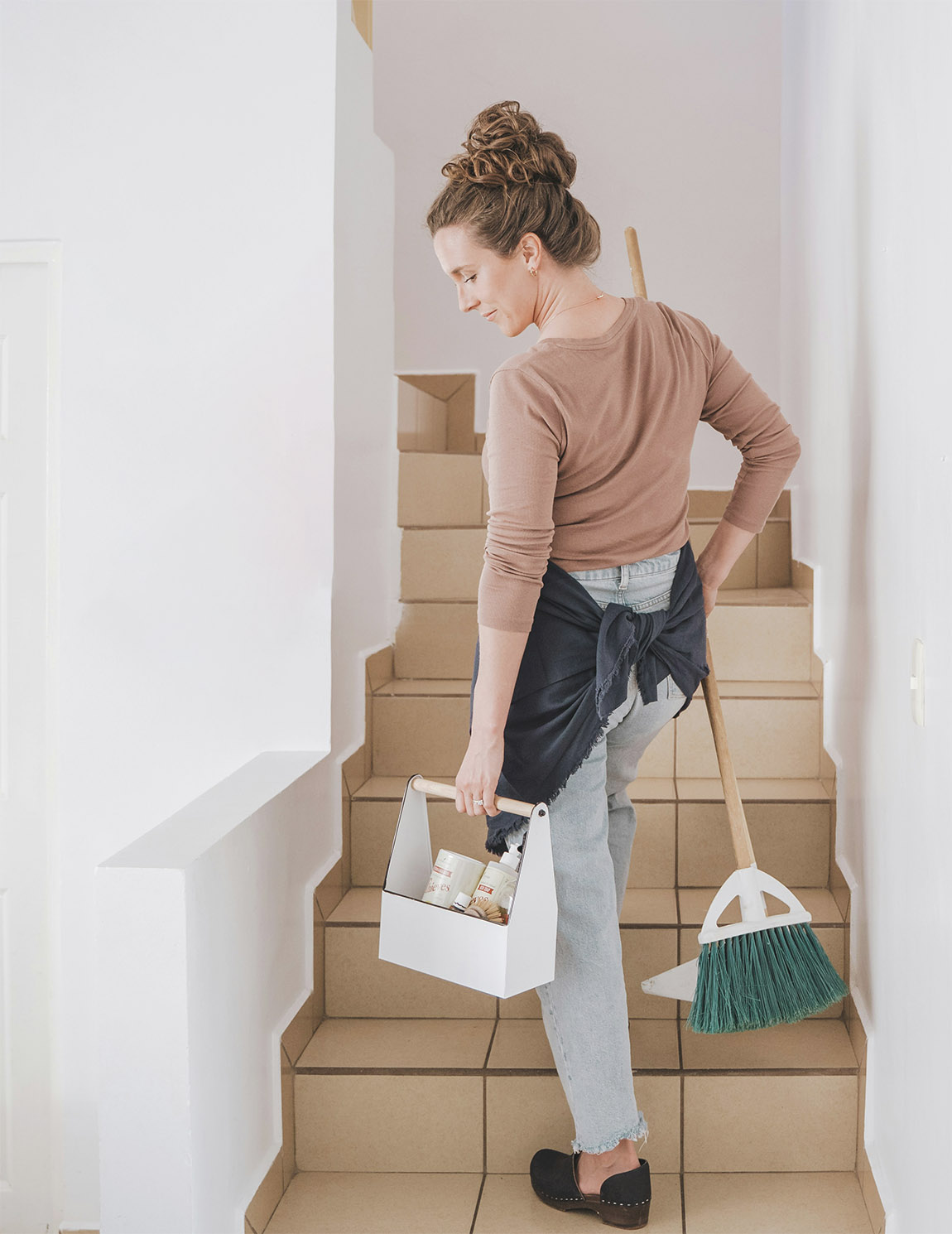
Why has it become so popular?
While Magnusson’s book and the synonymously named TV show have contributed to the recognition of the term “death cleaning”, it is, difficult to say whether the success of the two is the cause or result of an increased interest in the concept. For sure, there might be more than one reason that the idea is suddenly gaining increasing traction all over the world. In the below we look at some of the benefits highlighted by Magnusson and why recent global developments have made them even more appealing.
1: COVID heightened awareness of our own mortality
As people around the world were prompted to confront their own mortality, the COVID-19 pandemic brought new significance and urgency to the concept of death cleaning. Stuck at home, many people also had much more free time to consider the practicalities of end-of-life planning in ways that they could and would not have previously. Of course, the numerous hours spent at home, also made many people acutely aware of the need to declutter and reorganise.
2: The environmental crisis is prompting a revaluation of our possessions
Similar to how the pandemic prompted many individuals to reassess their relationship with material possessions, the environmental crisis appears to be motivating more people to embrace a minimalist lifestyle, reevaluate their priorities, and take stock of their lives. Moreover, facing an uncertain future, individuals often seek ways to gain a sense of control and preparedness, and decluttering and organising their possessions as part of end-of-life planning can be one way of doing so.
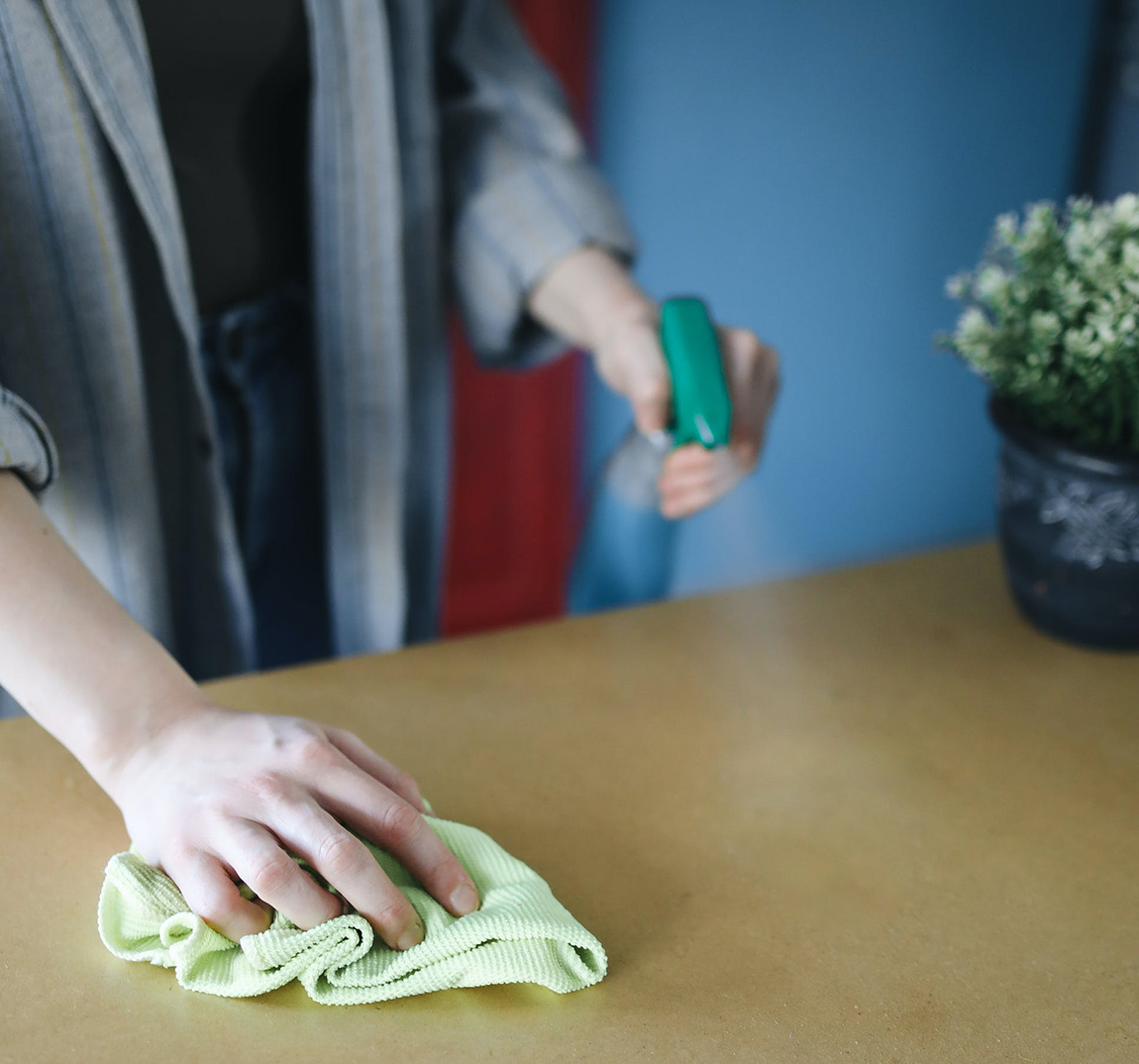
3: Minimalism provides a sense of security
Already gaining traction before the pandemic, the idea of downsizing and living a more minimalistic life further increased in popularity worldwide during and after the Pandemic. With heightened concerns about financial stability and the fragility of the economy, people sought to streamline their belongings and focus on what truly brings them joy and fulfilment. The popularity of tiny houses, the “buy nothing” movement, and death cleaning likely surged due to the awareness of the insecurity of relying on too many material objects to find joy in life.
4: We are getting older
On top of all the above, there is one obvious reason that death cleaning is becoming more relevant to more people – we are an increasingly ageing population. As we spend longer in later life, we have more time to ponder what we leave behind and to reorganise our lives to suit our needs later in life. More and more people plan for their retirement and eventual departure by downsizing homes, and liberating funds for a more flexible and adventurous retirement filled with experiences rather than objects, and death cleaning is one way of doing just that.
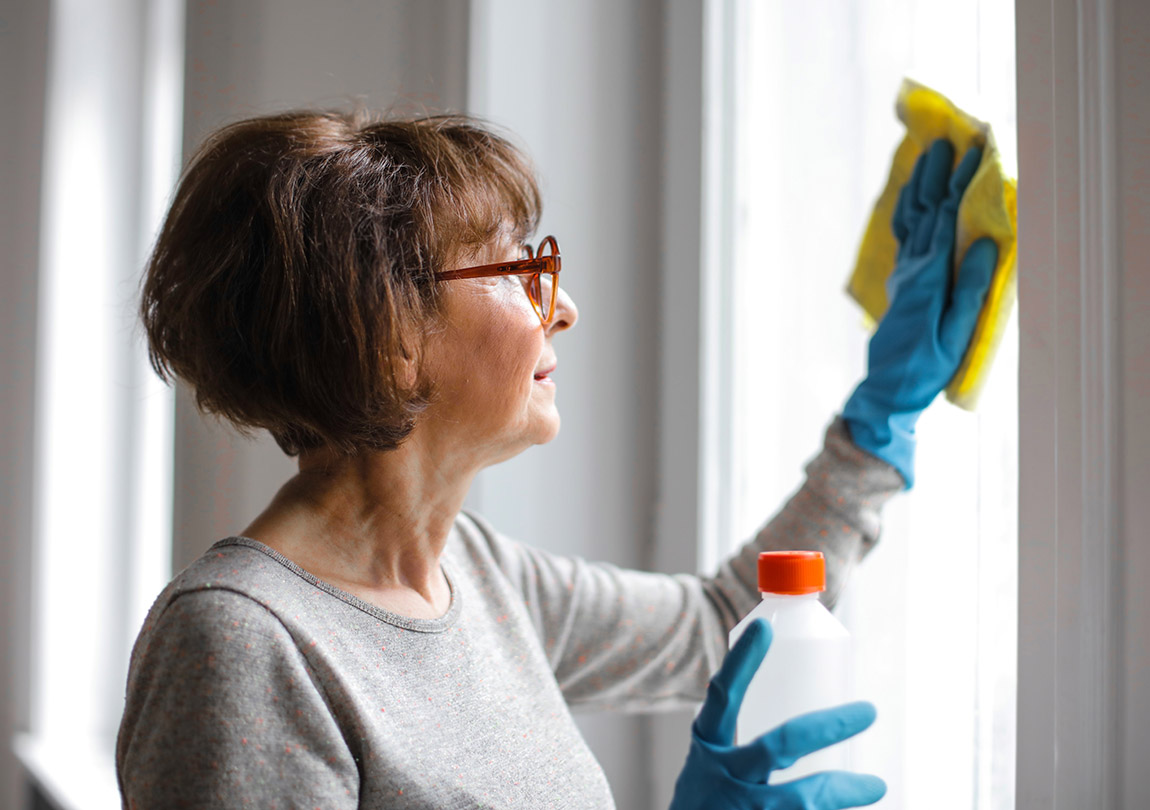
5: Hollywood loves to show us how to improve our lives, and we love to see it
Finally, the recent popularity of Peacock’s reality show highlights how death cleaning has become one of the increasing number of trends promising to improve our quality of life. Indeed, while death cleaning is about preparing for death, the benefits for the living are also obvious – peace of mind, a decluttered home environment, and a greater feeling of freedom. And even though the idea may be slightly uncomfortable, confronting our own mortality may be one of the best ways of achieving these goals.
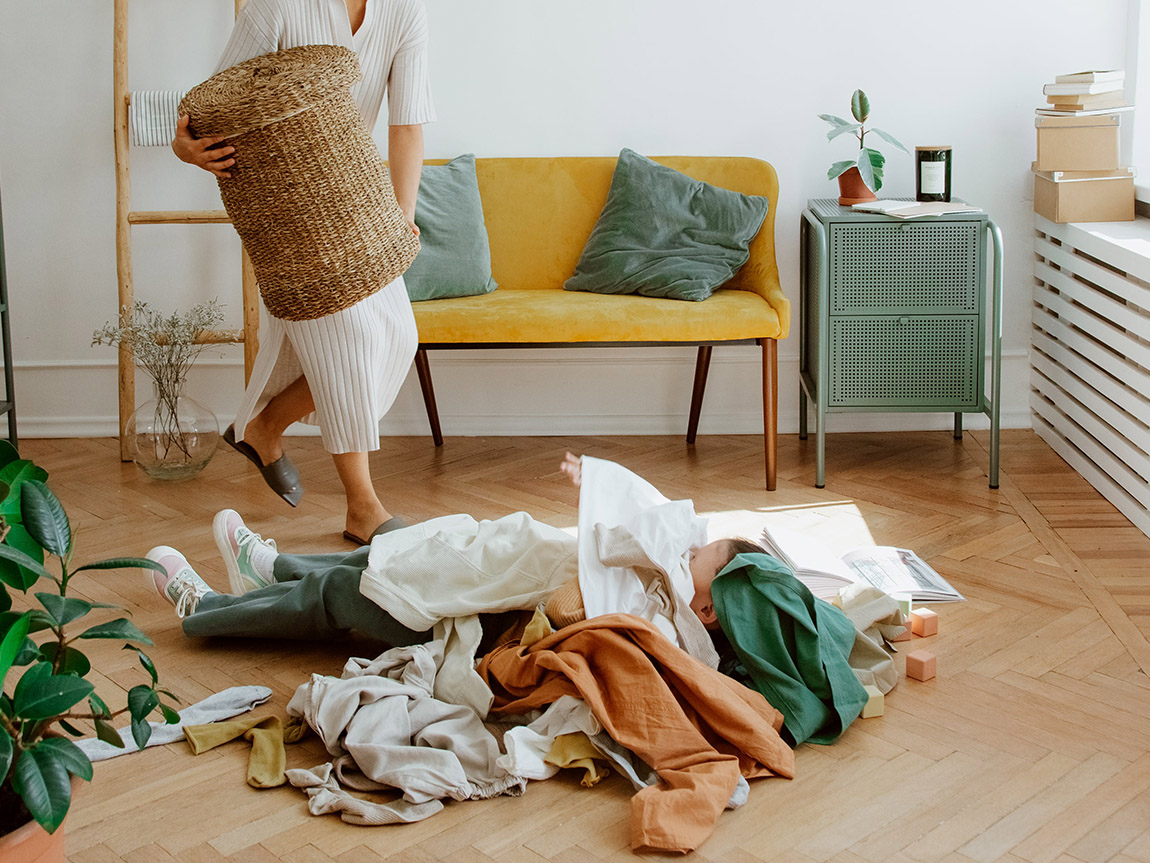
Subscribe to Our Newsletter
Receive our monthly newsletter by email

